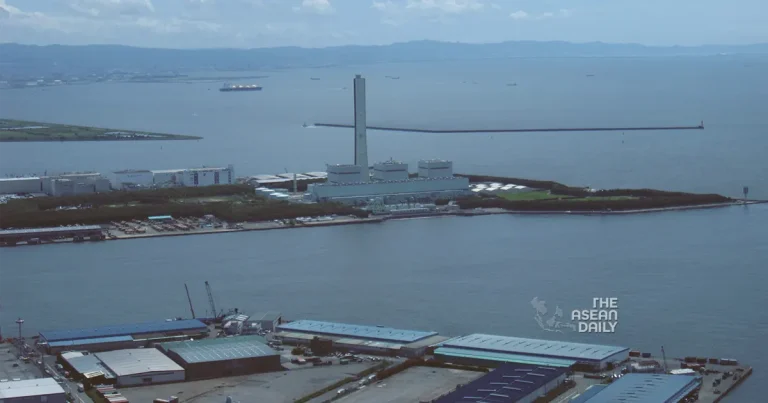15-3-2024 (TOKYO) The release of wastewater from Japan’s Fukushima nuclear plant was temporarily halted on Friday (Mar 15) following an earthquake, as confirmed by the plant’s operator. Tokyo Electric Power Company (TEPCO) emphasized that the suspension was a precautionary measure.
At 12:14 am on Friday (3:14 pm GMT, Thursday), a 5.8-magnitude earthquake struck off the coast of the northeastern Fukushima region, where the plant was devastated by a tsunami in 2011, according to the Japan Meteorological Agency.
TEPCO stated on X (formerly Twitter), “We have confirmed remotely that there were no abnormalities on ALPS treated water dilution/discharge facility, etc,” referring to the water release process. However, the company decided to suspend operations of the facilities following pre-defined operational procedures to ensure safety.
Japan’s nuclear regulatory authority also reported that no abnormalities were detected at either the damaged Fukushima Daiichi plant or its sister plant, Fukushima Daini, shortly after the earthquake.
Since August of last year, TEPCO has been releasing wastewater into the Pacific Ocean, which amounts to around 540 Olympic swimming pools’ worth of accumulated water from Fukushima Daiichi since the 2011 nuclear accident, considered one of the world’s most severe nuclear disasters. The operation has been approved by the United Nations atomic agency, and TEPCO asserts that all radioactive elements, except for tritium, have been filtered out, with tritium levels remaining within safe limits.
However, China and Russia have criticized Japan’s decision to release the water into the Pacific and have banned imports of Japanese seafood, arguing that it causes environmental pollution.
Japan experiences numerous earthquakes every year, with the majority causing no significant damage. There have been no immediate reports of injuries resulting from the recent earthquake, and no tsunami warning was issued.




